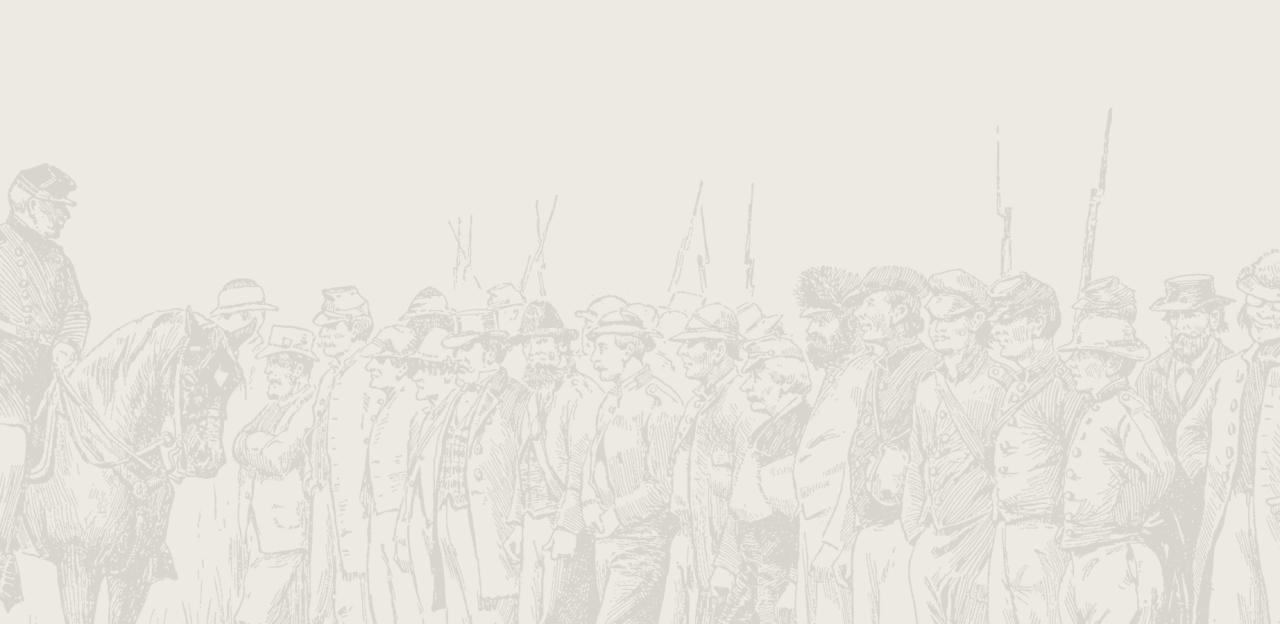Dallas

The Battle of Dallas
In the last days of May, 1864, as he faced Maj. Gen. William T. Sherman’s position 18 miles west of Marietta, Confederate Gen. Joseph E. Johnston saw an opportunity on the Union right. After two days of attacks on his flanks with little result, Johnston thought Sherman was moving his troops eastward and might be withdrawing from his position. Johnston instructed Lt. Gen. William Hardee to have Brig. Gen. William B. Bate's division to "develop the enemy" near Dallas and "ascertain his strength and position, as it is believed he is not in force." Some of Bate's men already knew that the enemy lines ahead were fortified and still occupied with the infantry and artillery of Maj. Gen. James B. McPherson's Army of the Tennessee. Lt. Col. Franklin Montgomery of the 1st Mississippi Cavalry wrote that he had taken "a good look at a part of their works, which seemed very strong, and I no doubt were well manned." Unfazed, Bate still believed that he faced only an enemy skirmish line. Kentuckian John S. Jackman commented in his diary, "the boys generally know what is in front and could have told Gen. Bate better."
By 3:00 p.m. on May 28, Bate had formed his plan. Brig. Gen. Frank Armstrong's brigade of dismounted cavalry would charge the Yankee line; if they encountered strong opposition, they were to retire. If not, they would press their attack toward the right. Four artillery shots would signal Bate's three infantry brigades to advance.
Around 3:45 p.m., Armstrong's Mississippi and Alabama troopers sallied forth, so suddenly that they drove the Yankees back and captured three cannon from an Iowa battery. Union XV Corps commander Maj. Gen. John A. Logan led a counterattack that drove the Confederates back to their lines. In the fighting, the artillery signal to Bate’s other brigades was not noticed. Bate sent couriers to his three brigade commanders to cancel their attack, but only one received the order. The brigades of Col. Robert Bullock and Brig. Gen. Joseph Lewis charged the strong Federal lines and were bloodily repulsed. Confederate losses totaled over 1,200 in the assault, Logan reported 379 casualties in his three divisions engaged.
Both sides spent May 29 watchfully waiting in their lines anywhere from 200 yards to a half-mile apart. Skirmishers were active, peppering the other side all day, and artillerymen kept up their fire. "During the day all rather quiet Sharpshooting," recorded an officer on Johnston's staff. The narrow distance between the lines kept both armies in close contact, and Sherman found it difficult to withdraw unobserved back toward Acworth and the Western and Atlantic Railroad, his main avenue of resupply. Finally, on June 1, McPherson’s army carefully pulled away from Dallas and started marching northeastward. Observing Sherman’s withdrawal, Johnston chose to place his next defensive line at Lost Mountain, six miles southeast, and moved in that direction on June 3.


